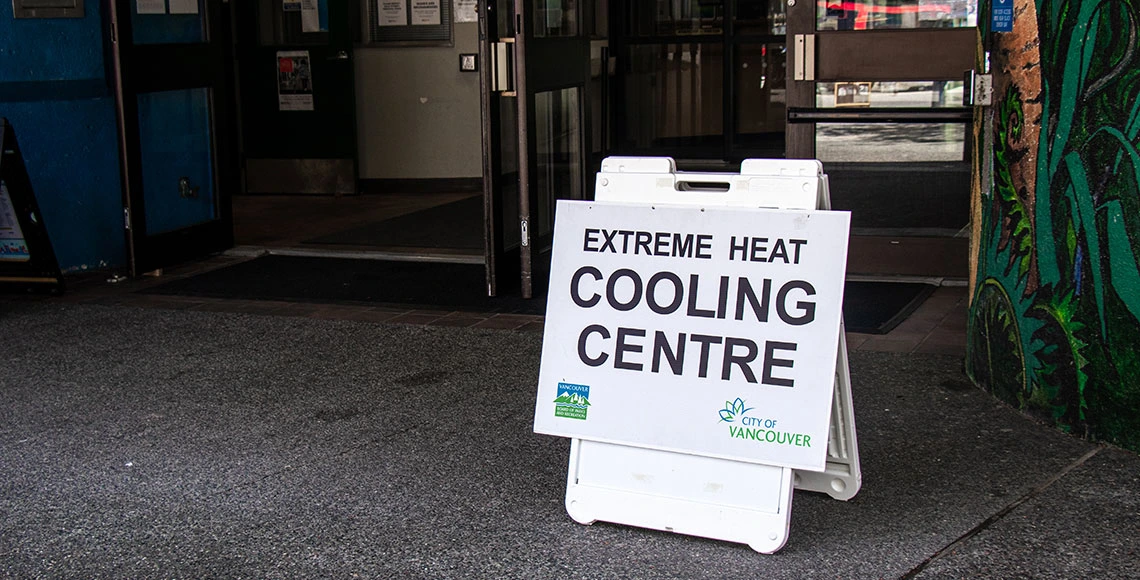Researchers from UArizona, ASU, UCLA and Aspen Global Change Institute Call for Attention to ‘Heat Governance’ to Protect Those Most at Risk from Extreme Heat

July 2021 was the hottest month ever recorded globally. From British Columbia to Sicily, the environmental impacts and subsequent loss of life and property from extreme heat were significant. Even more concerning is that in a rapidly changing climate, deadly extreme heat events are becoming increasingly common.
In a Comment piece published in this week’s issue of Nature, researchers Ladd Keith of the University of Arizona, Sara Meerow and Dave Hondula of Arizona State University, V. Kelly Turner of the University of California, Los Angeles and James C. Arnott of the Aspen Global Change Institute propose a set of practical guiding principles for researchers and government, nonprofit and private sector decision-makers to take real action in the face of this multifaceted threat.
“There is growing interest around the world in addressing the growing threat of extreme heat,” Keith says. “Cities and nations are further behind in addressing heat than for other climate risks such as flooding and wildfire, so we hope this piece helps advance heat governance in both research and practice.”
The authors propose six guiding principles that speak directly to the need for a clear model for addressing heat, particularly for those most at risk—the marginalized, poor, young, older, homeless, institutionalized and those with pre-existing medical conditions.
“We call for a focused research program to support ‘heat governance’—the actors, strategies, processes and institutions that mitigate and manage this hazard,” the researchers write. “New institutions and policies need to be developed to address heat across all levels of government. And that requires a strong evidence base.”
By advancing heat equity—the first principle—the researchers state that decision-makers “must engage with their communities to understand who heat affects most, why and how best to deal with it.” The second principle of mitigating heat speaks to the many strategies already available for cooling cities, noting that “trade-offs need to be weighed,” in part to target areas where higher-risk groups are located.
Managing risks is the third principle, and includes such strategies as early warning systems, public health campaigns and indoor cooling affordability programs. In addition to managing risks, researchers should develop metrics that decision-makers can use to establish heat goals in support of different mitigation strategies. Those decision-makers must then use and report the metrics consistently.
The fifth strategy is to coordinate initiatives among the wide array of city roles and structures, from urban planning to public health, emergency management to housing, infrastructure to energy management and beyond. In parallel, national governments must also “address the large, inequitable and growing consequences of heat risks” by building “heat institutions,” the researchers’ sixth strategy. These national insights should also be shared internationally.
“Extreme heat is an extremely interdisciplinary topic,” Arnott says. “Understanding the impacts of heat and implementing solutions requires sustained collaborations between researchers and practitioners from numerous fields and departments, which we hope to further advance through this perspective piece.”
Though today governments are often unprepared for extreme heat, the guiding principles created by Keith, Meerow, Hondula, Turner and Arnott provide a plausible, practical response to a growing global hazard.
Read the full Comment in Nature: “Deploy heat officers, policies and metrics.”
Header photo of extreme heat cooling center in Vancouver, British Columbia, by Margarita Young, courtesy Shutterstock.



